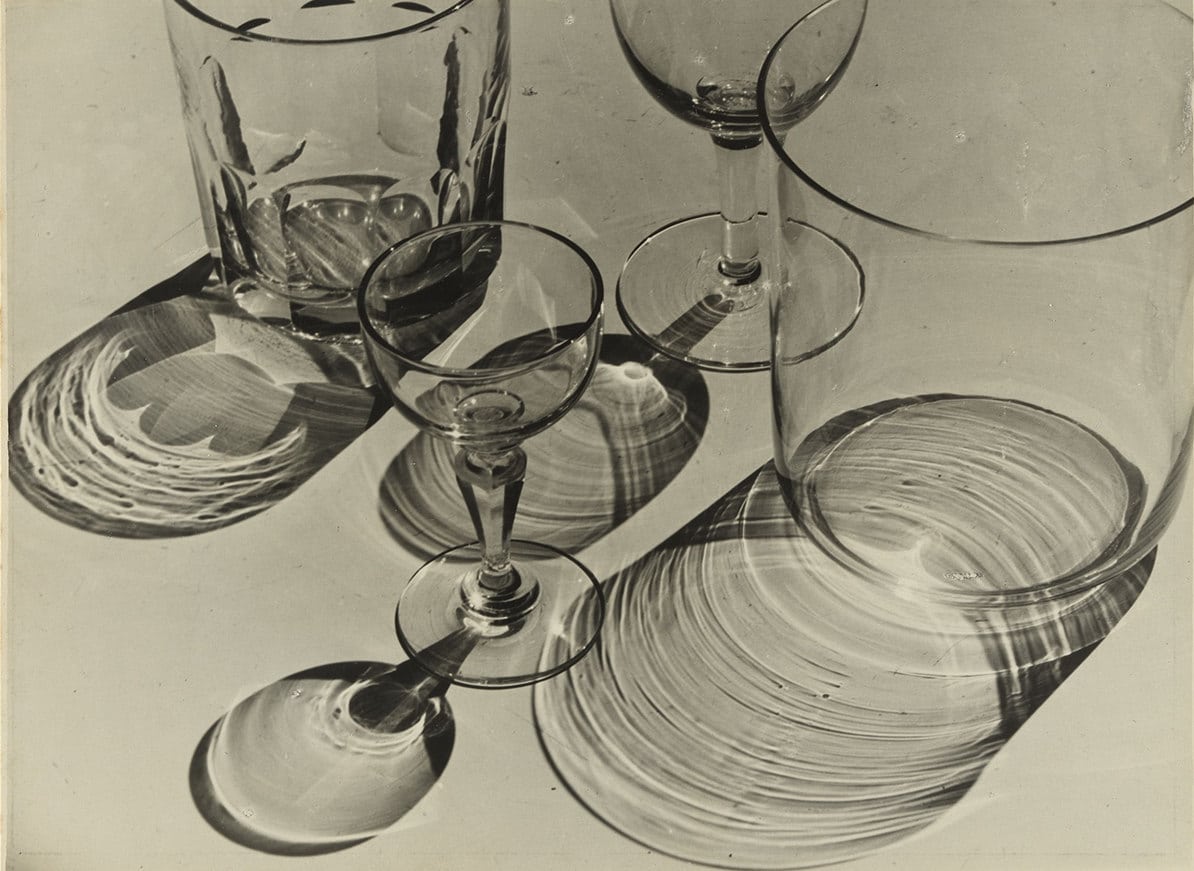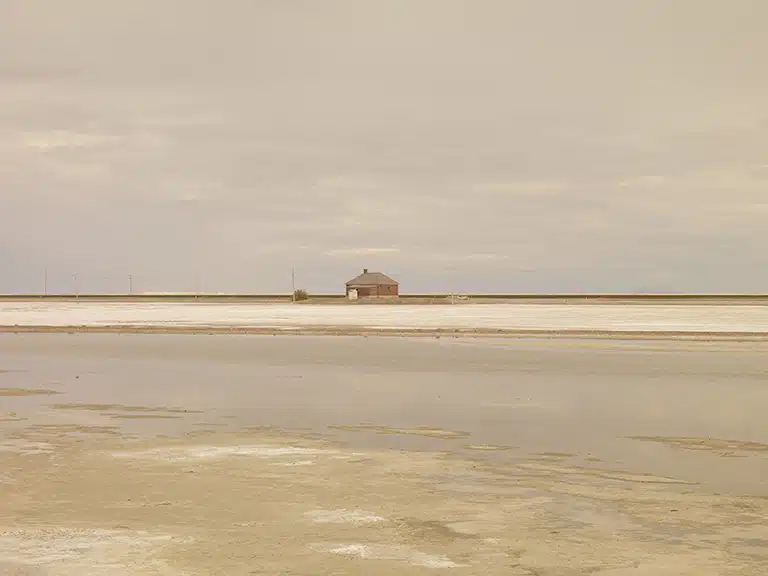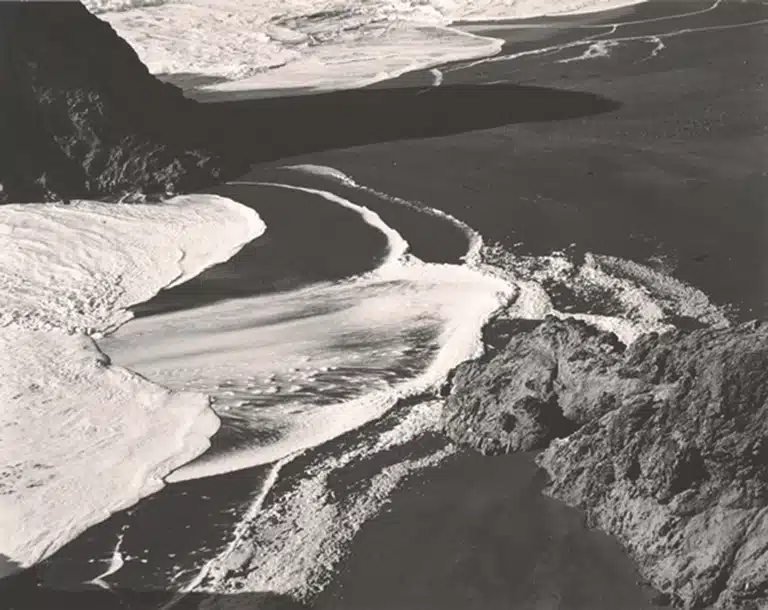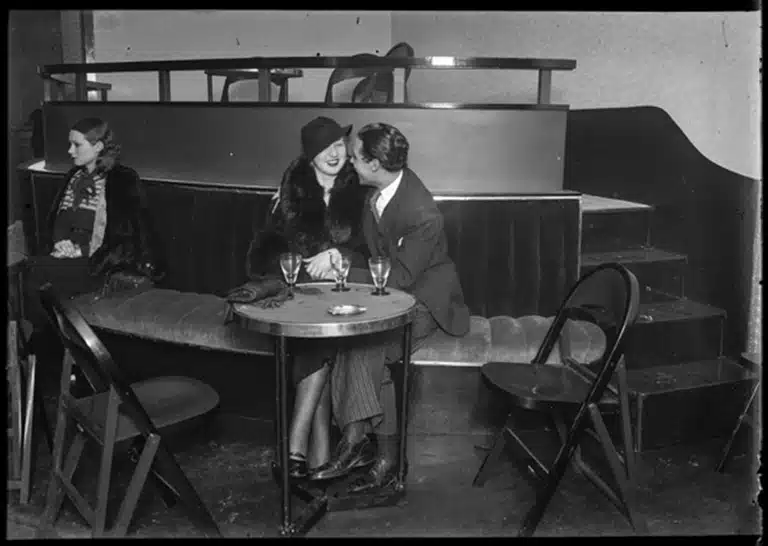Albert Renger-Patzsch. The perspective of things
JUN.22.2017 ──────── SEP.10.2017

Albert Renger-Patzsch
Glassware [Gläser], 1926-1927
17,1 × 22,9 cm
Galerie Berinson, Berlín © Albert Renger-Patzsch / Ann & Jürgen Wilde Archive, Zülpich / VEGAP, Madrid 2017
Exhibition
JUN.22.2017 ── SEP.10.2017
Location
Recoletos Exhibition Hall
Paseo Recoletos 23, 28004 Madrid
This exhibition is produced by Fundación MAPFRE and curated by Sérgio Mah, a lecturer at the Nova University of Lisbon.
Exhibition organized with the special collaboration and the scientific support of the Ann and Jürgen Wilde Foundation, Pinakothek der Moderne, Munich.
Throughout his career, his work was based on two fundamental premises: great attention to detail and highlighting the most formal, structural and material aspects of the objects he photographed. This approach reaffirmed what, for Renger-Patzsch, gave photography a privileged role in terms of the representation (and perception) of reality: realism, objectivity and neutrality. The result is a sober and simple style, a product of viewing the camera as a technical device capable of rigorously transmitting the nature of things and reinforcing our perception of them.
Renger-Patzsch was a very prolific photographer and his work brings together a large number of photographic themes, styles and genres. Throughout a period marked by deep political tensions and significant social and economic changes, the artist’s work offers a glimpse of a particular world view, that reinterprets the fields of nature and technology. It also provides a way of reflecting on the possible connections and analogies between the world as it was given (the natural one), the inherited one (that of the past and of tradition), and the new world, transformed by man, emerging with new designs for modern, urban and industrial culture.
Renger-Patzsch published many of his writings in which he expressed his convictions and distributed his photographic work. Noteworthy are “Pflanzenaufnahmen” (Photographs of Plants, 1923), Die Welt der Pflanze (The World of Plants, 1924), Die Halligen (1927), Lübeck (1928) and Hamburg (1930), but above all Die Welt ist schön (The World is Beautiful, 1928), now considered to be his most important work and one that was very successful ever since its first appearance. In it he brings together a collection of some one hundred very varied photos dating right back to start of his career.
COMING SOON




